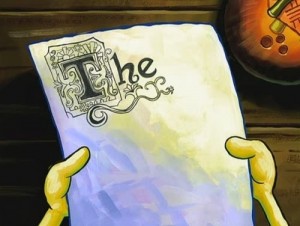I have yet to decide which blog posts I shall choose to use for my Final Portfolio. However I feel like it would be important to show how my blog posts have progressed and improved over time. With this in mind, I will definitely be choosing my first blog post “eye in the sky”. From there I will choose four other posts that I feel truly reflect how I have improved over the course of the term. From there I feel I will display everything but my literary analysis letter as I feel this work best shows my skills in writing. Of course, as I haven’t handed in my final paper or received commentary on my first draft this isn’t certain. However, I feel that even if my first draft doesn’t receive great feedback I may include it to contrast against the final paper, which will hopefully be much improved.
The section I would respond to is section 3: writing as a process. In the preparation of my rough draft I went through a long series of steps. I already had the outline of the essay and the broad idea, however, I decided it would be important to reread Frankenstein in its entirety with my chosen topic in mind. After that I reread all the suggested sources I had planned on including on my essay. During all this I kept a series of small notes on my phone with page references and ideas that I felt would be helpful for my rough draft. Before I started actually writing I spent an hour or so fully planning the essay and deciding upon its final structure. I then left it for a day before I began writing. The reason I left is I feel that I write better essays when I have had plenty of time to consider them and think through any potential ideas I need to include. When I started writing I wrote the entire paper in one go, before almost totally rewriting it as I went back over every section to ensure they made sense. I then edited it twice more before handing it in for submission.

